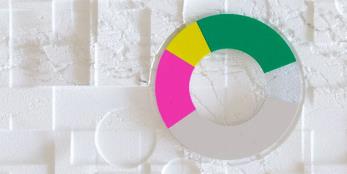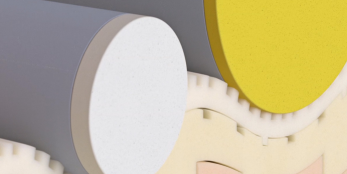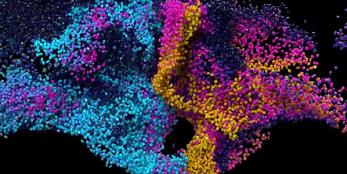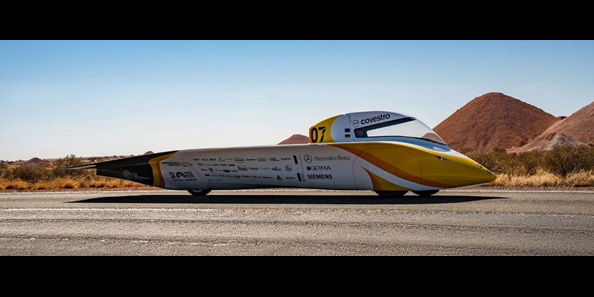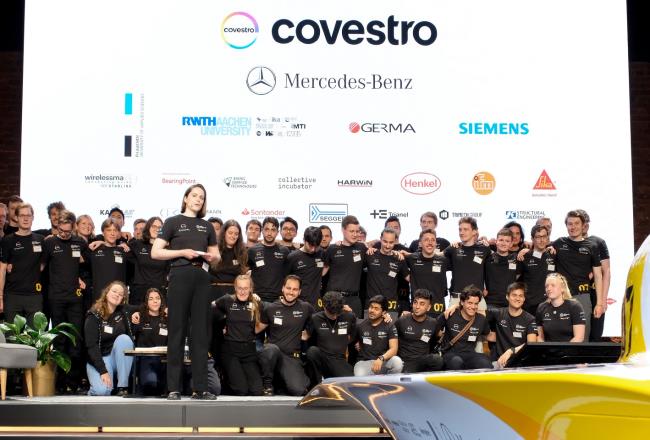
Sonnenwagen and Covestro: Shaping the mobility of the future together
One-Year Construction Phase
For one year, Team Sonnenwagen worked intensively on the construction of the "Æthon". The goal: successful participation in the Bridgestone World Solar Challenge 2025 in Australia. The solar car race is probably the toughest competition of its kind worldwide and leads over a distance of more than 3,000 kilometers through the Australian Outback from Darwin to Adelaide – without any fuel or charging station.
More than 50 teams from internationally renowned universities from 24 countries compete against each other with their solar cars in the race. Victory is determined not only by speed – Team Sonnenwagen's vehicles can reach speeds of up to 120 kilometers per hour – but also by the optimal use of available solar energy. In any case, the project is a valuable experience for the Aachen team and impressively demonstrates their commitment to developing future mobility concepts.
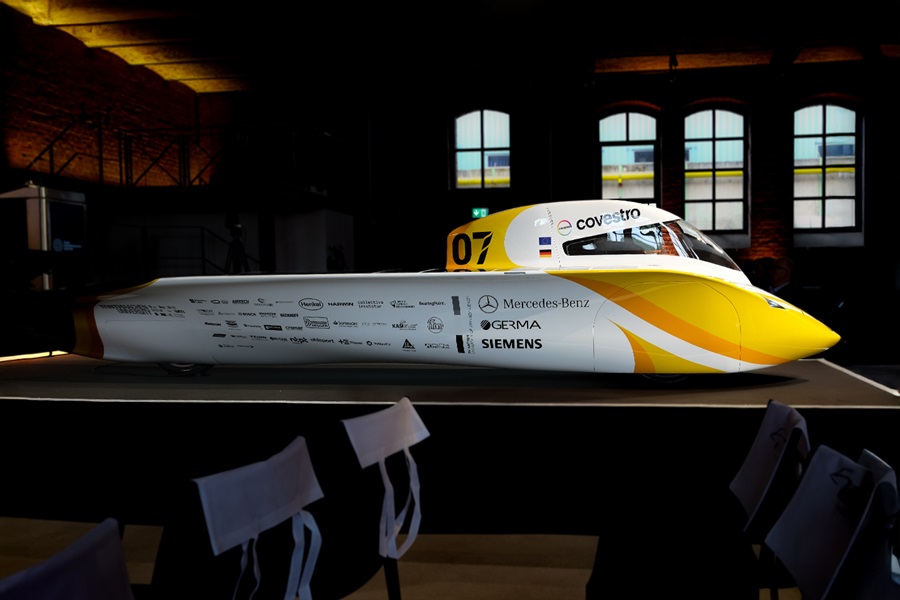
The Covestro Æthon contains a lot of work, dedication, and the combined experience from our four predecessor models. Thanks to expertise from great partners like Covestro, we're entering this year's race with confidence and aim for the podium!
Multidisciplinary Team
Even during Æthon's one-year development period, teamwork led to success. Aerodynamics, electrical engineering, driving strategy, chassis, powertrain, and structure: All of this needs to be thought through and developed, all of this must mesh perfectly together for the dream of winning the title in Australia.
This is where Covestro comes into play in the vehicle's development. The Aachen team had and continues to have many questions regarding the use of materials. They are a crucial factor in the quest for victory in the solar race through the Australian Outback. The components not only need to be lightweight, strong, and aerodynamic but also must withstand strong mechanical vibrations and extreme climatic conditions such as heat, humidity, and high UV radiation. Covestro has quite a lot to offer here: Highlights include chemically recycled polyurethane foams used in the seat. Recycled elastomers named Vulkollan® serve as damping elements between the battery and body, ensuring full functionality under maximum stress.
Additionally, Covestro materials can be found in the battery cell holders, outer shell, interior trim, headlights, turn signals, and in the paintwork of the solar race car.
The Covestro Æthon shows on a small scale what high-performance plastics can do for a sustainable future on a large scale. We are convinced that they are the key to sustainable mobility. That's why we are consistently driving forward material innovations and recycling solutions together with our partners in industry and science.
Next Goal: World Champion
In recent years, Team Sonnenwagen successfully mastered various solar car races with their vehicles – the Covestro Photon and Covestro Adelie. In summer 2022, the team became European Champion with the Covestro Photon at the iLumen European Solar Challenge (iESC), a 24-hour race on the former Formula 1 track in Zolder, Belgium.
Shortly after, Team Sonnenwagen continued their success and won the Italian Solar Challenge 2022 in Imola, Italy, with the Covestro Photon. At the recent iESC 2024, Team Sonnenwagen achieved second place with the Covestro Photon and third place with the Covestro Adelie. With accumulated enthusiasm, the team now aims to conquer the Australian desert with the new Sonnenwagen Æthon and return to Aachen as World Champions.
Global challenges such as climate change and increasing resource consumption require new concepts for future mobility. Covestro has long been developing material solutions for electric mobility, but also focuses on increased use of renewable energies such as solar and wind power. Together with the use of alternative raw materials and the development of innovative recycling concepts, these are part of a comprehensive program through which Covestro is fully aligning itself with the circular economy. To this end, the company cooperates with many partners along the value chain as well as with universities and institutes.


